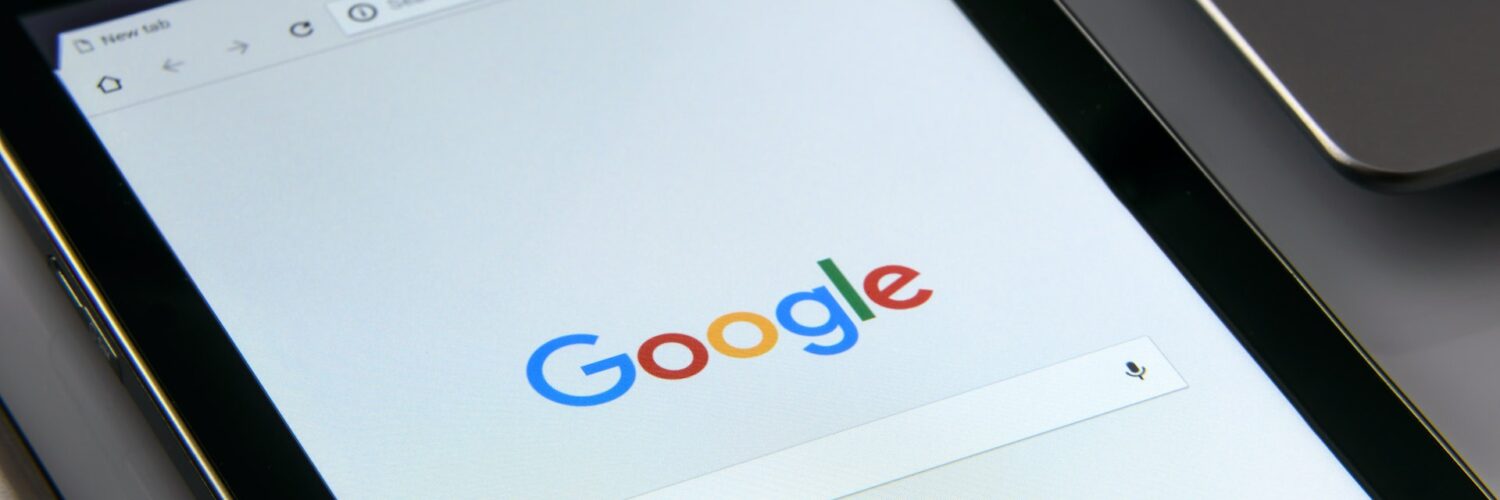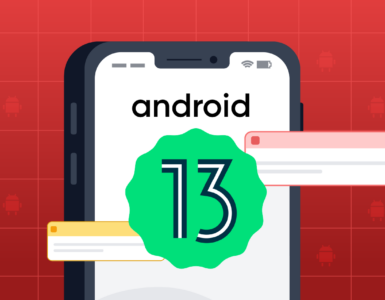Android Things was one of Google’s not-so-successful ventures, through which it had sought to extend its hegemony in the field of IoT. The Android Things operation closed down some years ago, but if you want to learn more about what it was, how it began and ended, and what it had initially been started to achieve, read this post till the end.
Android Things: What Exactly Was it?
In layman’s terms, Android Things was essentially a platform that allowed developers to create apps using the existing Android APIs. These apps could be later used by the end consumers to easily control their IoT devices.

In a nutshell, Android Things could be thought of as an OS for IoT devices. The devices could be equipped with the software before shipping out, and the manufacturers could create a relevant app for them so that the users could easily manage and control them (the devices).
How is Android Things Related to Android?
Android Things can be thought of as an offshoot of Android itself. Since the former allows developers to create apps using the latter’s APIs and services, there is a bit of both in both.

Ehh…that was confusing.
That basically meant that Android Things had a lot of the same things in it as Android itself, and Android, by virtue of it being the ‘parent’ OS, automatically shared a lot with Android Things.
What Could Android Things Do?
We did touch on this in the heading above, but let’s look at it again in some detail.
In the heading above, we talked about how Android Things allowed developers to create applications for IoT devices. However, according to the information provided by Emteria, Android Things could also be used to create IoT devices themselves. (I.e., for the programming part.)
For Android Things to be effectively used with IoT devices, the manufacturers had to keep their devices constantly up to date. In other words, just as Android phone providers nowadays (like Redmi, Infinix, OnePlus, and the like) have to release newer phones with compatibility for newer Android versions, the same was the case with IoT devices.
This was, by the way, one of the reasons that Android Things had to shut down in the end. The device manufacturers were failing to keep up with the newer updates, and this partly led to the termination of the service altogether.
The History of Android Things: When it Began and Ended
Android Things began in December 2016. As we mentioned earlier, it was Google’s entry into the race for the IoT device OS monopoly.
The platform bore through five years of somewhat unpopular use before announcing its end to accepting new projects. A year later, the updates ceased and the whole platform was terminated along with all the project data it housed.
So, what caused Android Things to shut down?
One of the reasons behind the somewhat unceremonious closure of the platform was the non-compliance of the hardware manufacturers to keep up with the updates. This development spawned different types of security issues, as devices continued being launched and used without getting under the protection provided by the newer updates of the platform.

The other more obvious and direct reason for the termination of the service was the somewhat lukewarm welcome it received. Instead of dominating the market and squashing down the competing platforms, Android Things stayed somewhat away from the limelight. This prompted Google to shut it down.
Mind you, Google didn’t completely vanish from the scene after Android Things. The app ‘Google Home’ (and the paired device) is quite popular even now.





This is really amazing.
Nice apps.
Great
i love this app
Very informative article
Very good
Okay good to know
Android I can say can be recommended to people really getting into the tech world
It is fast and quick technology
Nice
Nuce
Great
Very Nice
😍😍
جميل
I lovee this app
very good article
Amazing app
Amazing
Nice